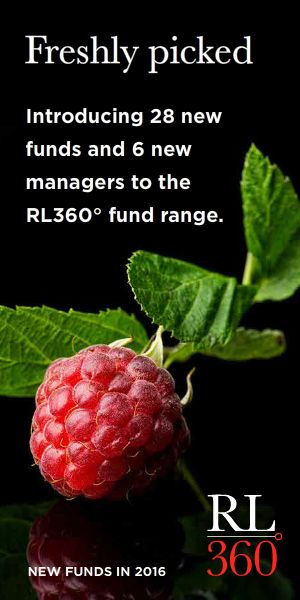Opportunities to Invest in Small & Medium-Cap Funds
We've just boosted our new business guided-architecture products with funds that invest in small & medium-cap stocks. Are these funds punching above their weight when competing against the large-caps?
As part of our 2015 fund review for Quantum, Oracle, Paragon and LifePlan we identified a gap in our offering in relation to small and medium-cap equity funds. To solve this problem we introduced a number of funds from the sector, spanning various geographical regions.
Lets start with the basic definition
When talking about small, medium or large-cap stocks, what does "cap" actually mean? Well the reference to "cap" refers to the capitilsation of a company. Whether a company is considered a small, medium (often called 'mid'), large-cap or mega-cap is based on the market capitilisation of that company, i.e. its overall value. Small-cap stocks are not by their very definition necessarily small in value though, as you can see below. In general terms company size would fall into the following broad categories:
- Small-Cap - $300,000 million to $2 billion
- Medium/Mid - Cap - $2 billion to $10 billion.
- Large-Cap - $10 billion+
- Mega-Cap - $100 billion+
So why invest in one over the other?
When it comes to investment in certain assets it usually comes down to the risk investors are willing to take with their money. One would assume that the larger the stock the more stable the company. However, size is no guarantee that they are always a safe bet; General Motors and Lehman Brothers are prime examples of big, established companies who've taken a fall..........and the bigger they are, the harder they fall!
The established older adults
You may have come across the term "Blue Chip" before in reference to a large, well-established and financially sound company that has operated for many years. Mega and large-caps are favoured by many because of their economies of scale. In terms of a market index, these would typically be the companies that feature in the S&P 500 index. They will be the well known names with recognisable logos (e.g. Microsoft or McDonalds). You tend to find that the price of a large-cap stock might be higher because of the companies popularity and is likely to be more stable than the small or medium-cap stocks, but because they are so big there could be less potential for them to grow.
The up and coming youngsters
On the flip side, although their share prices might be more volatile in regard to daily price movement, small-cap stocks can be seen as attractive because of their growth prospects and mid sized companies because of their ability to innovate. Shares can often be bought at a discount during their growth period. Potential for expansion and growth could be better than the large-cap stocks; after all remember that large-cap stocks once started off small, just look at the growth of Facebook or Apple Inc since their inception! However, they should be considered a long term investment in order to ride out any volatile peak and troughs of their share price movement as investor confidence in them grows. Careful stock-picking by the manager of a fund is important and if picked right they can reap the rewards.
For investors wishing to take greater risk for potentially higher rewards, small or mid-cap companies could be an important part of their portfolio. The old saying 'don't put all your eggs in one basket' is often good to keep in mind when creating a balanced portfolio, ensuring higher risk assets are mixed with some more cautious stocks to ensure the investor is not left over-exposed to one asset type.
The benefit of investing in any small, medium or large-cap fund means that investors don't have to just pick one or two companies to buy shares in. By selecting to invest in a fund where all investors monies are pooled together, the fund manager does the work by investing this across a broad number of stocks, giving the investor wider investment opportunities.
Following careful research we've hand picked some small and mid-cap funds from leading fund houses who are packing a powerful punch when it comes to performance relative to their peers, and which complement the existing funds in the product ranges.
Below are some articles in relation to investing in small and mid-cap equity funds which we hope you will find an interesting read.
